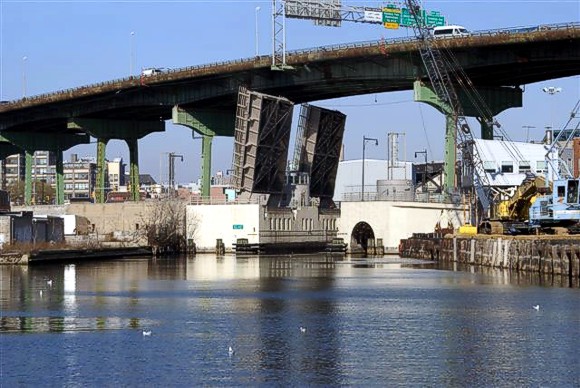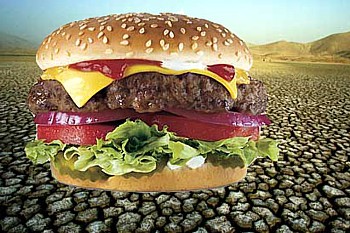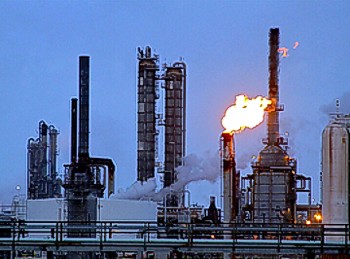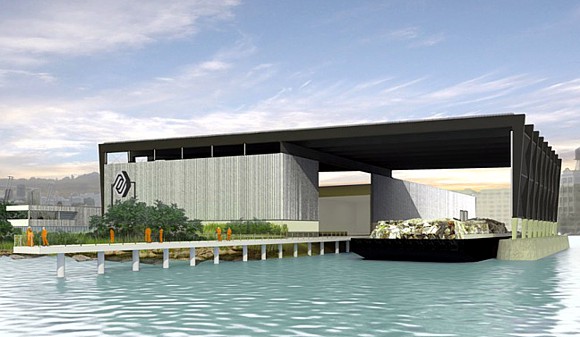EPA Has Finalized Plan For Cleaning Up Toxic Contamination Within New York’s Gowanus Canal
 October 24, 2013
October 24, 2013  Kyriaki (Sandy) Venetis
Kyriaki (Sandy) Venetis The U.S. Environmental Protection Agency has just finalized a plan to clean up the Gowanus Canal in Brooklyn, N.Y., which is considered one of the most polluted bodies of water in the country.
 Gowanus Canal, Brooklyn, N.Y. Photo courtesy of the U.S. Environmental Protection Agency.
Gowanus Canal, Brooklyn, N.Y. Photo courtesy of the U.S. Environmental Protection Agency.Completed in 1869, the canal has been one of the nation’s busiest commercial waterways, serving industries including: gas works (manufactured gas plants), coal yards, cement makers, soap makers, tanneries, paint and ink factories, machine shops, chemical plants, and oil refineries.
In recent decades, the canal has been used as a repository for untreated industrial wastes, raw sewage, and runoff.
Today, the EPA says that although much of the industrial activity along the canal has ceased, high levels of contamination remain in its groundwater and sediment. Contamination stills flows into the canal from overflows of sewer systems that carry sanitary waste from homes, as well as from rainwater coming from storm drains and industrial pollutants.
The EPA’s remedial investigation of the site found that it has been polluted with high levels of over a dozen contaminants, including polycyclic aromatic hydrocarbons (PAHs), polychlorinated biphenyls (PCBs), and heavy metals, including mercury, lead, and cooper.
PAHs and heavy metals were also found in the canal water. PAHs are a group of chemicals that are formed during the incomplete burning of coal, oil, gas, wood, garbage, or other organic substances.
PCBs were used as coolants and lubricants in transformers, capacitors, and other electrical equipment, and their manufacture was banned in 1979.
The EPA says that, “PCBs and PAHs are suspected of being cancer-causing, and PCBs can have neurological effects as well,” also expressing concern that, “To this day, people can still be found fishing in the Gowanus despite advisories about eating fish from the canal.”
 EPA,
EPA,  cancer,
cancer,  gas industry,
gas industry,  oil industry,
oil industry,  pollution,
pollution,  waterfront redevelopment | tagged
waterfront redevelopment | tagged  Gowanus Canal cleanup,
Gowanus Canal cleanup,  gorundwater contamination,
gorundwater contamination,  heavy metal contamination,
heavy metal contamination,  polychlorinated biphenyls (PCBs),
polychlorinated biphenyls (PCBs),  polycyclic aromatic hydrocarbons (PAHs),
polycyclic aromatic hydrocarbons (PAHs),  soil contamination,
soil contamination,  untreated industrial wastes,
untreated industrial wastes,  water pollution
water pollution 



